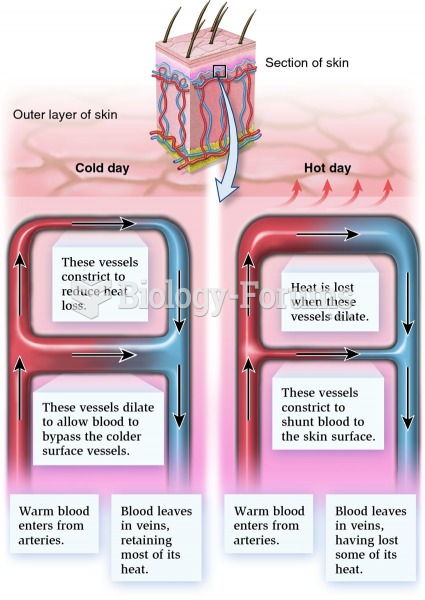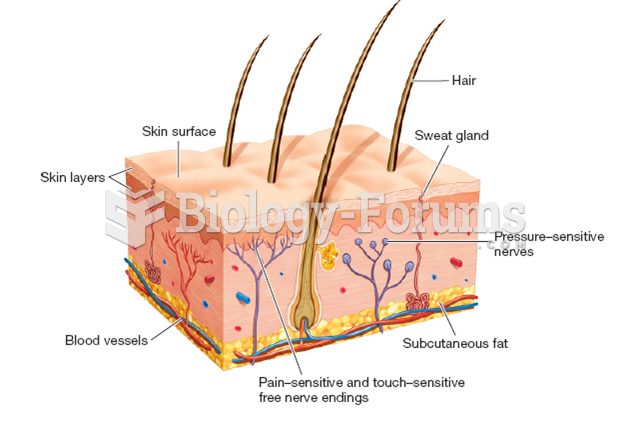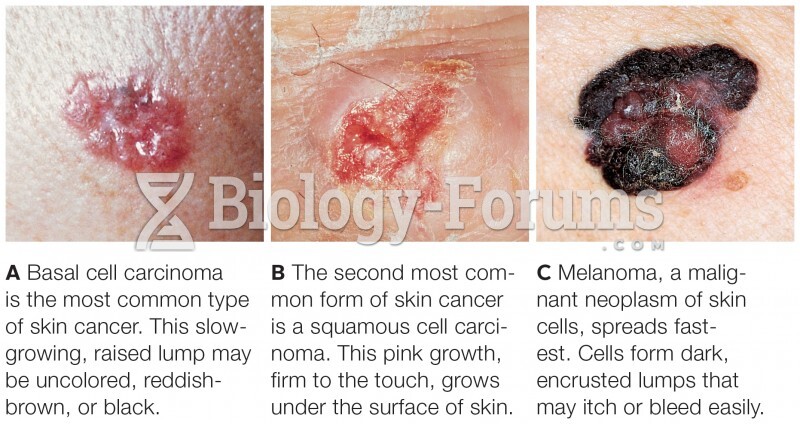Answer to Question 1
B
B. Step 13. Observe for blood return through flashback chamber of catheter, or tubing of winged cannula, indicating that bevel of needle has entered vein. Lower needle until almost flush with skin. Advance catheter another 1/8 to inch into vein and then on ONC loosen stylet. Continue to hold skin taut and advance catheter into vein until hub rests at venipuncture site. Do not reinsert the stylet once it is loosened. Advance the safety device by using push-off tab to thread the catheter. Advance winged cannula until hub rests at venipuncture site.
A. Step 13. Observe for blood return through flashback chamber of catheter, or tubing of winged cannula, indicating that bevel of needle has entered vein. Lower needle until almost flush with skin. Advance catheter another 1/8 to inch into vein and then on ONC loosen stylet. Continue to hold skin taut and advance catheter into vein until hub rests at venipuncture site. Do not reinsert the stylet once it is loosened. Advance the safety device by using push-off tab to thread the catheter. Advance winged cannula until hub rests at venipuncture site
C. Step 14. Stabilize cannula with one hand, and release tourniquet with other
D. Step 13. Observe for blood return through flashback chamber of catheter, or tubing of winged cannula, indicating that bevel of needle has entered vein. Lower needle until almost flush with skin. Advance catheter another 1/8 to inch into vein and then on ONC loosen stylet. Continue to hold skin taut and advance catheter into vein until hub rests at venipuncture site. Do not reinsert the stylet once it is loosened. Advance the safety device by using push-off tab to thread the catheter. Advance winged cannula until hub rests at venipuncture site.
Answer to Question 2
C
C. Apply flat tourniquet around arm, above antecubital fossa or 4 to 6 in (10 to 15 cm) above proposed insertion site.
A. Do not shave area. Shaving may cause microabrasions and predispose to infection.
B. Use the most distal site in the nondominant arm, if possible.
D. Vigorous friction and multiple tapping of the veins, especially in older adults, may cause hematoma and/or venous constriction.
 The patient is undergoing an allergy skin test by receiving subdermal inoculations of allergens. Inf
The patient is undergoing an allergy skin test by receiving subdermal inoculations of allergens. Inf
 Sign on methanol pump shows that methyl alcohol is a poison and can cause skin irritation and other ...
Sign on methanol pump shows that methyl alcohol is a poison and can cause skin irritation and other ...





